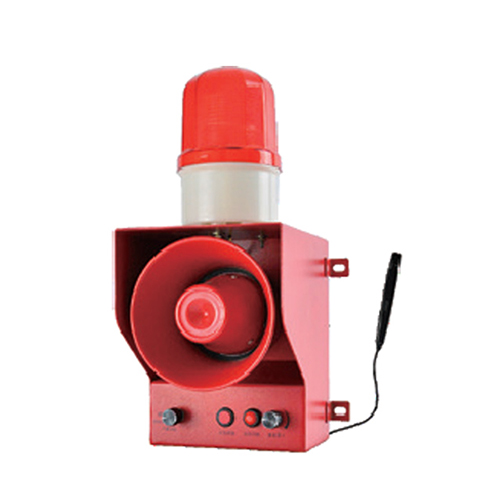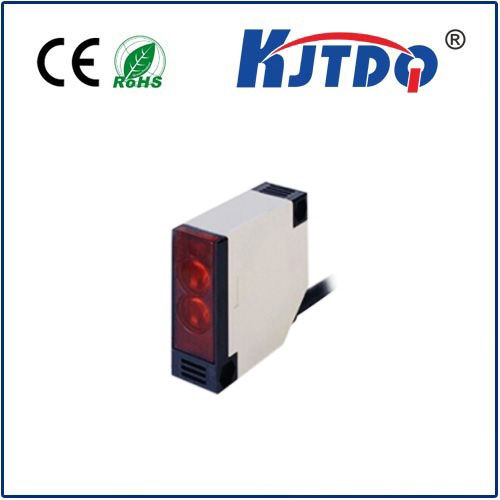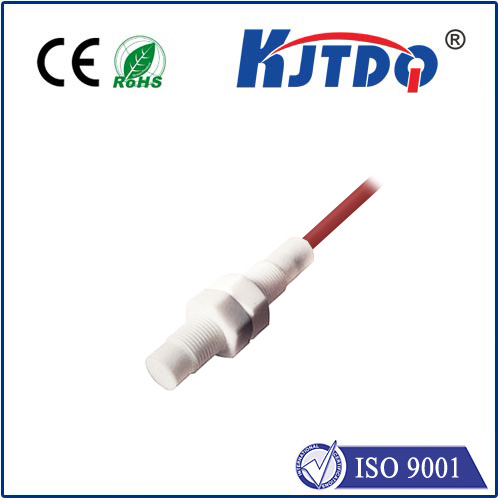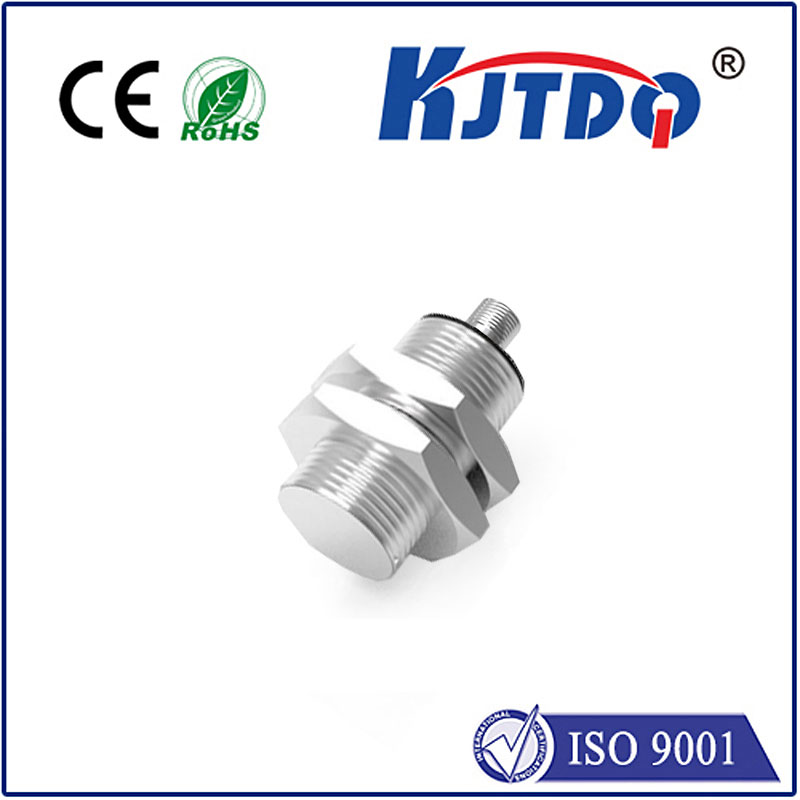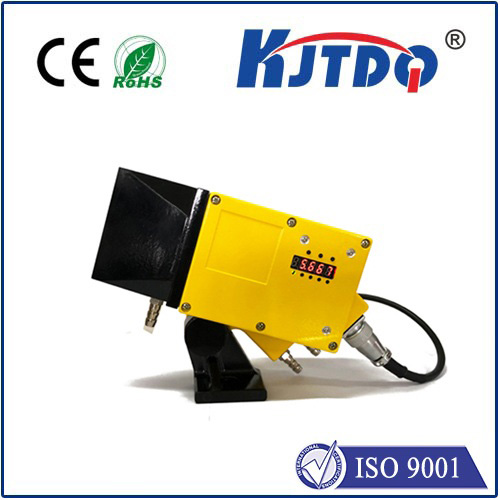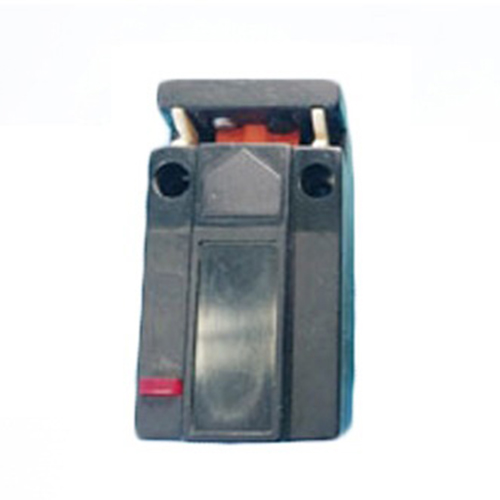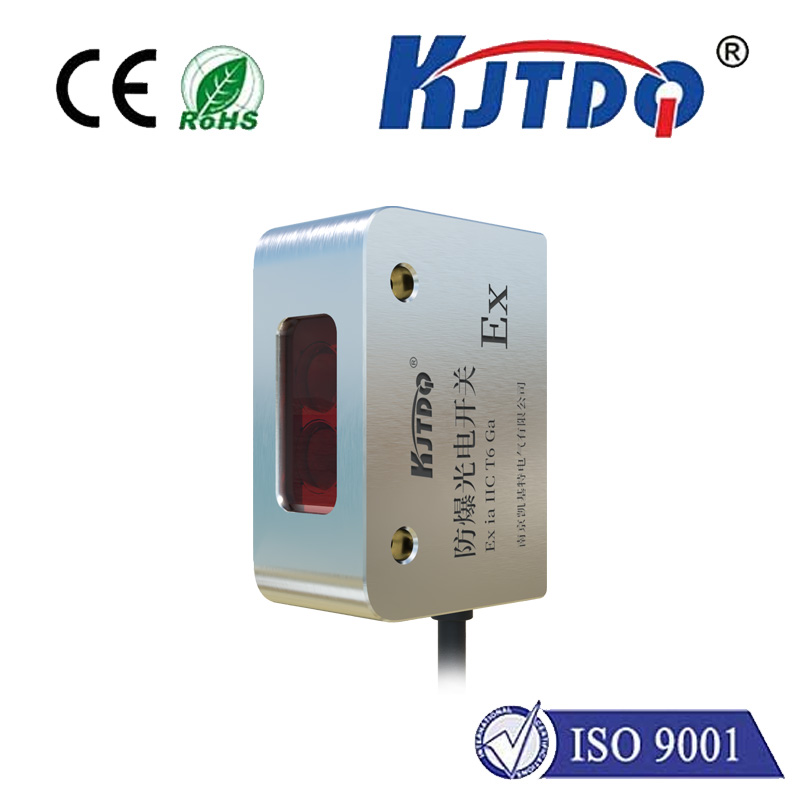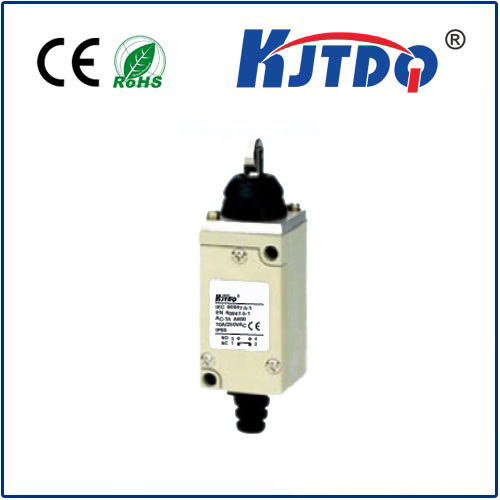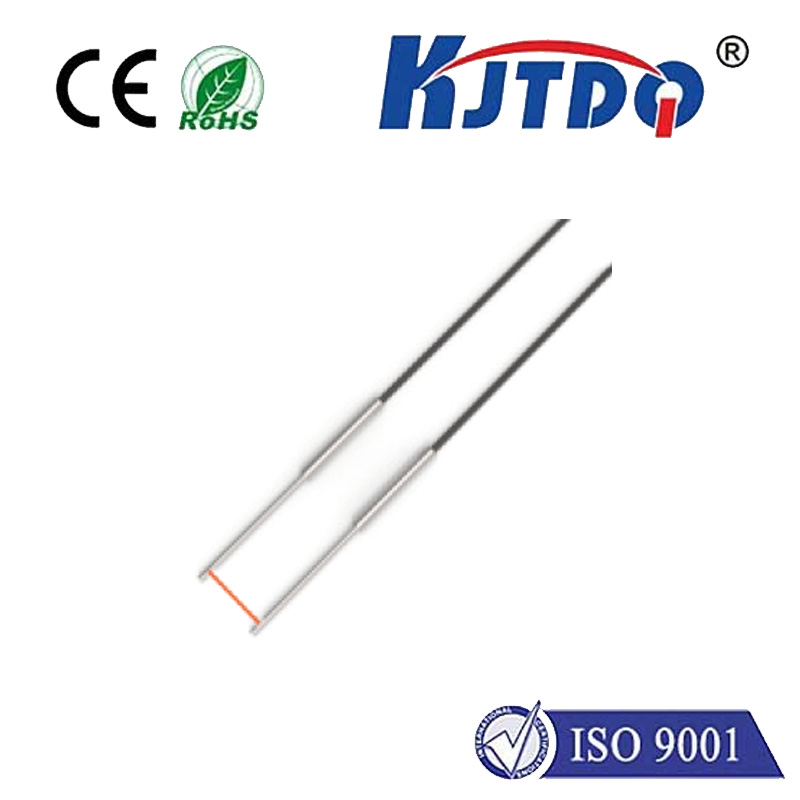me 8108 limit switch
- time:2025-08-02 04:57:36
- Click:0
The ME 8108 Limit Switch: Unseen Guardian of Machinery Motion & Safety
Imagine this: A massive robotic arm swings precisely towards its target, its powerful motion seemingly unstoppable. Yet, just before impact, it halts perfectly. Hidden within its intricate joints, a small, rugged component – an ME 8108 limit switch – has silently intervened, defining the boundary of safe travel and preventing catastrophic collision. This is the unsung hero we’re spotlighting: a fundamental device ensuring precision, reliability, and safety across countless industrial landscapes.
The Critical Role of Limit Switches
At their core, limit switches are electromechanical devices designed to detect the presence or absence of an object, or to define the extreme travel positions of a moving part. Think of them as simple yet vital traffic signals embedded within a machine. When a machine component (like an actuator arm, conveyor, door, or elevator car) reaches a predetermined point, it physically triggers the limit switch. This action either completes or interrupts an electrical circuit, sending a crucial signal to the machine’s control system – essentially saying, “Stop here,” “Start now,” “Position reached,” or “Danger zone entered.” Their applications span manufacturing, material handling, packaging, process control, and beyond, forming a foundational layer of automation safety and sequencing.
Introducing the ME 8108: Built for Demanding Environments
The ME 8108 represents a specific model within the vast family of limit switches. It’s renowned for its robust construction, designed to thrive in the challenging conditions typical of industrial settings. Key characteristics that often define the ME 8108 limit switch include:

- Rugged Housing: Typically featuring a robust metal or high-strength plastic enclosure rated for IP67 or higher, offering excellent protection against dust, dirt, oil, coolants, and water ingress. This intrinsic durability ensures consistent operation even near machining centers or outdoors.
- Heavy-Duty Actuator: The mechanism designed to be physically triggered – be it a lever arm, roller plunger, or push rod – is built for millions of operations. Careful selection of the actuator style (roller lever for cams, push rod for direct contact, etc.) is crucial for optimizing performance and longevity.
- Precise Electrical Switching: Internally, high-quality snap-action contacts provide a decisive and reliable electrical signal change (NO/NC configurations). This crisp switching minimizes arcing and ensures a clear signal for the control system, critical for repeatable positioning accuracy and safety interlocks.
- Versatile Mounting: Designed for flexibility on the factory floor, the ME 8108 limit switch often features multiple mounting points or standardized brackets, allowing engineers to securely install it in various orientations and locations where position feedback is needed. Proper mounting alignment with the triggering object is paramount for reliable function.
- Environmental Resilience: Engineered to withstand vibration, shock impacts, wide temperature fluctuations, and exposure to corrosive elements, far exceeding the demands placed on standard switches. This resilience translates directly to reduced downtime and lower maintenance costs.
Where the ME 8108 Shines: Key Applications
The ME 8108 limit switch finds its home wherever precise endpoint detection, position verification, or safety monitoring is non-negotiable:
- Machine Tool Positioning: Ensuring milling heads, lathe carriages, and grinding tables stop accurately at programmed travel limits, preventing tool damage and scrap parts. Their durability is key against metal chips and coolant spray.
- Material Handling Systems: Defining the start/stop points for conveyor belts, verifying pallet position on automated guided vehicles (AGVs), or confirming the open/closed state of warehouse doors and gates. Reliability here prevents jams and collisions.
- Robotics: Safeguarding robotic arm articulation, confirming end-of-stroke for grippers or welding torches, and acting as collision detection points. This is where the ME 8108’s robust construction and precise switching directly contribute to personnel safety and equipment protection.
- Packaging Machinery: Controlling fill levels, detecting product presence or absence on lines, and signaling the completion of sealing or labeling operations. Consistent operation keeps high-speed lines running smoothly.
- Process Control Valves: Verifying the fully open or fully closed position of large valves in chemical or power generation plants, acting as critical feedback for control systems.
- Elevators & Hoists: Providing essential safety interlocks at upper and lower landing points, ensuring cars stop precisely and doors only open when safely aligned. This is a critical safety function where failure is unacceptable.
Specifications and Selection: Beyond the Model Number
While the ME 8108 designation points towards a specific design philosophy of ruggedness, it’s vital to understand that specifications can vary slightly between manufacturers. When selecting or replacing an ME 8108 limit switch, engineers must consider:
- Voltage and Current Rating (Electrical Load): Must be compatible with the control circuit it’s switching (e.g., 120VAC, 24VDC, 10A resistive).
- Contact Configuration (NO/NC): Normally Open (NO) or Normally Closed (NC) contacts dictate how the circuit behaves when the switch is triggered.
- Actuator Type: Roller lever (adjustable or fixed), roller plunger, wobble stick, fork lever, or push rod. Choose based on the triggering object’s motion and required actuation force.
- Ingress Protection (IP Rating): Critical for the environment (e.g., IP67 for dust-tight and brief water immersion protection).
- Housing Material: Zinc die-cast, stainless steel, or reinforced thermoplastic for chemical resistance or weight considerations.
- Operating Temperature Range: Must suit the ambient conditions of its installation point.
- Mechanical Life: The expected lifespan in terms of operating cycles (often millions) before mechanical wear necessitates replacement.
Consulting the manufacturer’s datasheet for the specific ME 8108 variant is always the best practice to ensure compatibility and performance.
Installation and Maintenance: Ensuring Long-Term Reliability
The ME 8108 limit switch is built tough, but its performance relies heavily on proper installation and minimal upkeep:
- Secure Mounting: Ensure the switch body is rigidly fixed to prevent movement under vibration or impact.
- Precise Actuator Alignment: The triggering mechanism (cam, target flag, or moving part) must contact the limit switch actuator consistently and squarely over its full operating life. Misalignment is a leading cause of premature failure.
- Environmental Protection: While IP67-rated, avoid submersion beyond specifications or exposing contacts to conductive contaminants that could bridge terminals.
- Visual Inspection: Periodically check for physical damage, cracks, loose connections, excessive actuator wear, or buildup of debris. Clean around the switch as needed, especially in dusty or grimy environments.
- Functional Testing: Where safety is involved, incorporate regular testing of the limit switch function into preventive maintenance schedules to verify it triggers correctly and sends the proper signal.
Conclusion: An Indispensable Component
The ME 8108 limit switch embodies the principle that robust simplicity is often the bedrock of complex automation. It operates quietly, often unseen, yet its role in enforcing boundaries, confirming positions, and safeguarding operations is indispensable. By providing a definitive physical signal derived from mechanical motion, it translates the tangible world into the language of the control system with unwavering reliability. For engineers designing or maintaining machinery where motion control and safety are paramount, understanding and specifying the right limit switch, like the proven ME 8108, is fundamental to achieving peak performance, minimizing downtime, and protecting both equipment and personnel. It remains a cornerstone component, proving that sometimes the most critical technology is not the most complex, but the most dependable.






